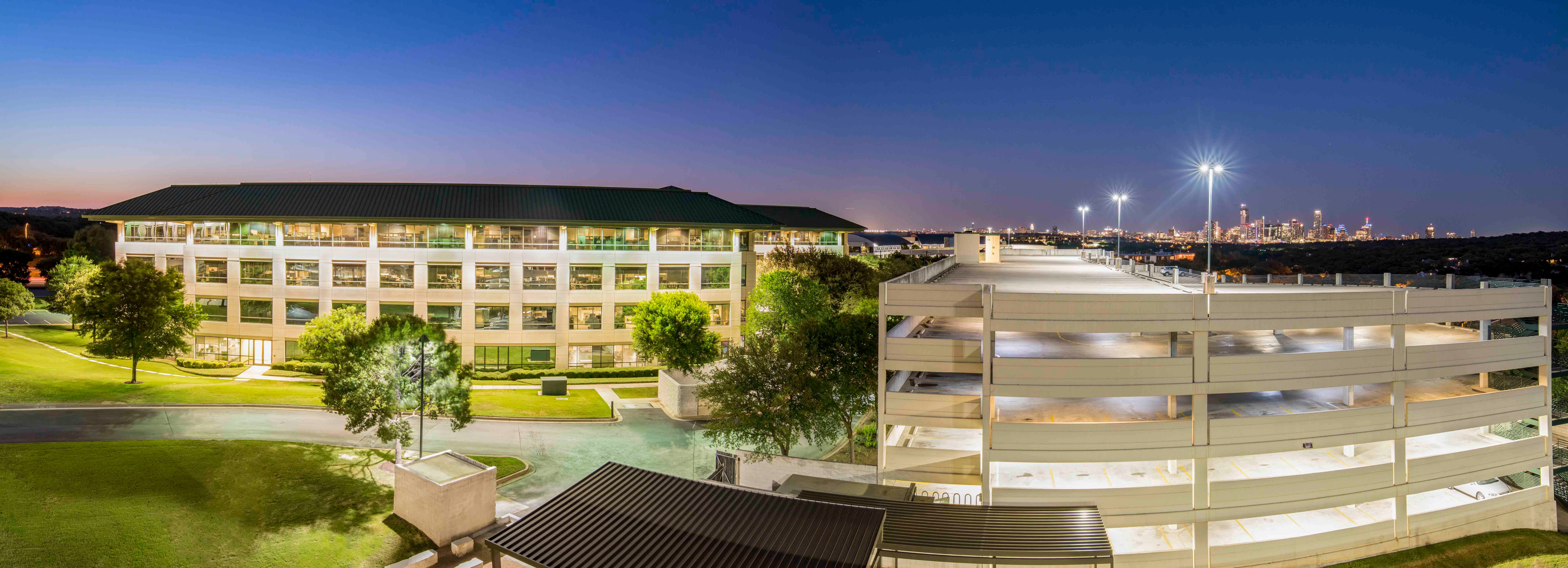AUSTIN, TX—New York-based Castle Lanterra Properties recently acquired the residential portion of The Triangle for $129 million. The class-A 529-unit rental community with retail and office components is located at 4600 West Guadalupe St.
"The Triangle is an exceptional institutional-quality property located in the epicenter of tremendous growth in one of the most dynamic cities in the country, within a booming market that is likely to perform well over the long term," said Elie Rieder, Castle Lanterra CEO. "We are now planning a substantial investment in upgrading the homes to take advantage of limited new supply driving strong demand for class-A residences."
Built between 2006 and 2008, The Triangle is a six-building residential complex with 111,000 square feet of local and national retailers as well as commercial space. The Triangle's central location, equidistant from downtown and the Domain, provides access to Austin's economic, education and technology hubs.
Surrounded by the University of Texas, Dell Medical School (the first ground-up medical school in 50 years at a top research university), the 123-acre Innovation District, the US Army Futures Command, and Texas Health and Human Services Commission's new headquarters (expected to employ 2,500 people), in addition to well-known technology firms, the property is positioned for resilience during economic downturns. The city has been dubbed "Silicon Hills" given the presence of tech giants such as Apple, Dell Computer, IBM, Freescale, AMD, Motorola, National Instruments and Samsung.
Due in part to the city's other moniker, "Live Music Capital of the World", Austin has experienced population inflows from Millennials who favor renting to owning. Not only is the city's economy fueled by tech, but a relatively low cost of living and doing business—all with no indication that these factors will change in the near future, says Castle Lanterra.
The key to the success of new developments and long-term investments is the ongoing population and job growth for the city, which remains extremely positive in future projections, according to a report by JLL. In addressing the population, it is critical to recognize the local prime age rental portion of the population (ages 25 to 34) is substantially higher than the national average of 20.9%, with some estimates exceeding 30% of the Austin population, 44% above the national average, says JLL. Overall, there are 169 daily relocations into Austin.
"The city has a diversified economy with a young workforce and a growing/active tech industry," Rieder tells GlobeSt.com. "Combined with the state capital and government facilities, healthcare, higher education, life sciences and military presence, Austin is one of the big five cities that has shown resilience in the COVID environment."
In fact, Moody's has named Austin among the metros positioned for pandemic recovery. The city experienced relatively small contractions during the recessions of 2001 and 2008/2009, making Austin a forerunner in job recuperation and recovery.
Amenities at The Triangle include a fitness center, common kitchen, conference rooms, gourmet coffee bar, a dog park with monthly pet events, three swimming pools, a fire pit and cabanas. The complex offers a variety of floorplans featuring 9- to 11-foot ceilings, washers and dryers, granite or quartz countertops, and private balconies.
"The property is well located on a 20-acre parcel with a lake," Rieder tells GlobeSt.com. "There are no comps for that."
JLL points to effective rent growth paired with diminishing concessions in Austin which illustrates upside potential following a downturn. The average concession burn-off for high-growth markets averaged 7% from the peak.
© Touchpoint Markets, All Rights Reserved. Request academic re-use from www.copyright.com. All other uses, submit a request to [email protected]. For more inforrmation visit Asset & Logo Licensing.







